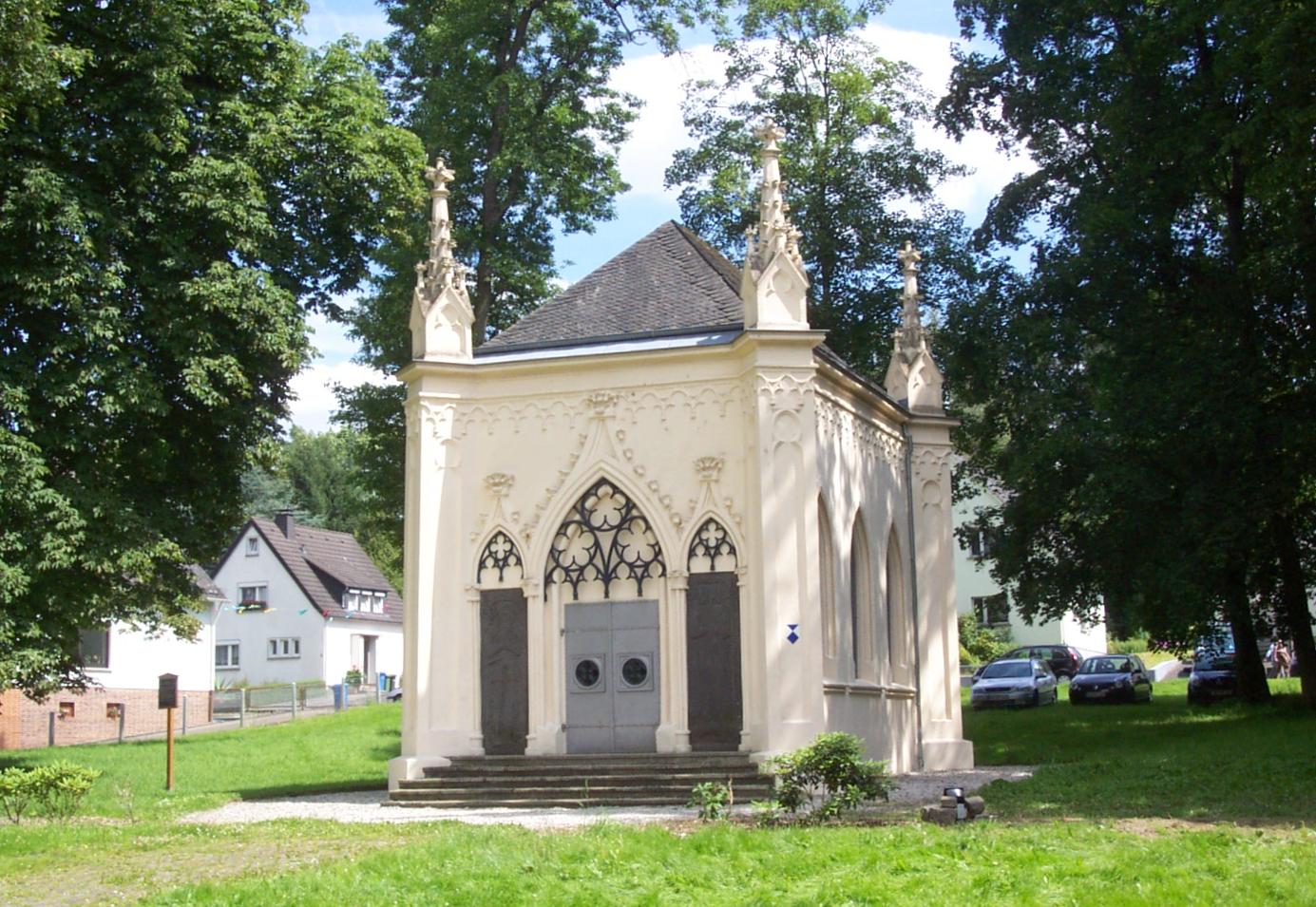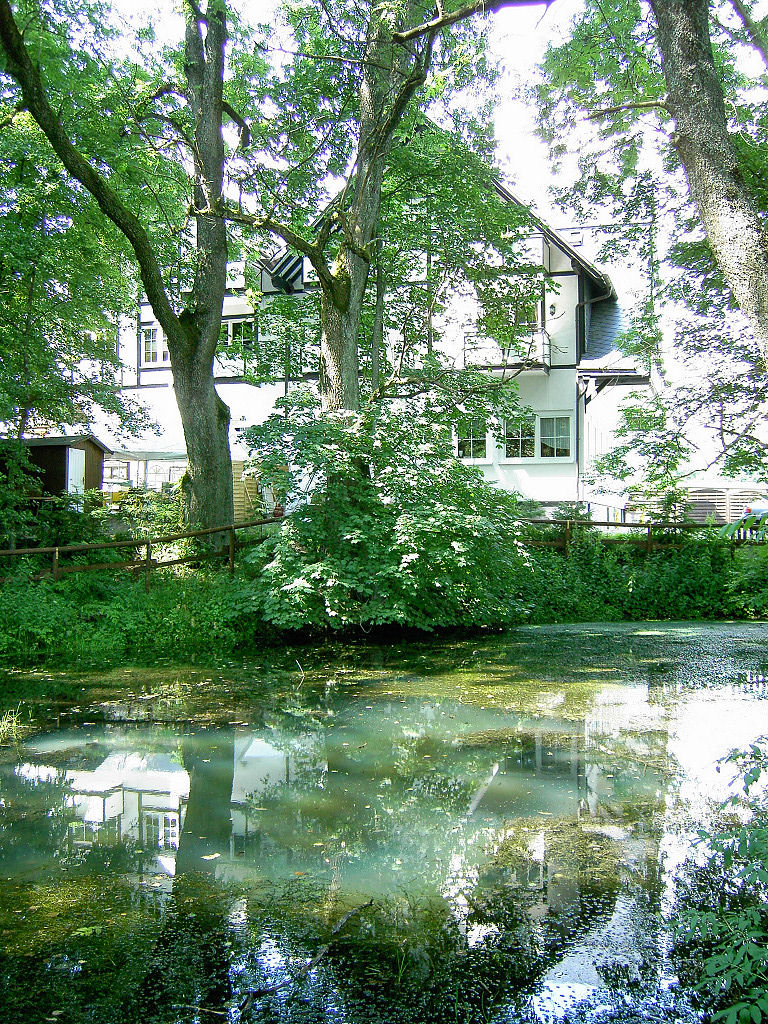|
Wied-Runkel
Wied-Runkel was a small German state with Imperial immediacy In the Holy Roman Empire, imperial immediacy ( or ) was the status of an individual or a territory which was defined as 'immediate' () to Emperor and Empire () and not to any other intermediate authorities, while one that did not possess that stat .... Wied-Runkel was located around the town and castle of Runkel, located on the Lahn River. It extended from the town of Runkel to further north of Schupbach, but also held an exclave east of Villmar. History Wied-Runkel was a partition of Wied, and was raised from a County to a Principality in 1791. Wied-Runkel was mediatised to Nassau. Counts of Wied-Runkel (1698–1791) * 1698–1699: Johann Friederich Wilhelm von Wied-Runkel († 1698) * 1692–1706: Maximilian Henry von Wied-Runkel († 1706), his grandson * 1706–1762: Johann Ludwig Adolph von Wied-Runkel († 1762), his son * 1762–1791: Christian Ludwig von Wied-Runkel († 1791), his son Princes of W ... [...More Info...] [...Related Items...] OR: [Wikipedia] [Google] [Baidu] |
Karl Ludwig, Prince Of Wied-Runkel
Karl Ludwig Friedrich Alexander, Prince of Wied-Runkel (29 September 1763 – 9 March 1824) was a Germans, German ruler in the Wied-Runkel, Principality of Wied-Runkel from 1791 until 1806 when it was German mediatisation, mediatised to the Duchy of Nassau. Life Origin and family Karl Ludwig of Wied-Runkel was born as the son of the later Christian Ludwig, Prince of Wied-Runkel (1732–1791) and his wife Charlotte Sophia Augusta von Sayn-Wittgenstein (1741–1803) and grew up with his brothers Friedrich Ludwig (1770–1824) and Christian Friedrich Ludwig (* 1773, ensign in the Upper Rhine District Regiment of Zweibrücken). Five brothers died in early childhood. On September 4, 1787, he married Princess Caroline of Nassau-Weilburg (1770–1828), daughter of Karl Christian, Prince of Nassau-Weilburg and Princess Carolina of Orange-Nassau. Work After his father's death in 1791, he succeeded him. French Revolution troops gradually occupied the areas of the County of Kriechingen ... [...More Info...] [...Related Items...] OR: [Wikipedia] [Google] [Baidu] |
County Of Wied
The County of Wied () was a territory of the Holy Roman Empire located on the river Wied (river), Wied where it meets the Rhine. Wied emerged as a County earlier than many other German states. From 1243–1462, Wied was united with an County of Isenburg, Isenburgian County as Isenburg-Wied. Wied was partitioned twice: between itself and Wied-Dierdorf in 1631, and between Wied-Neuwied (state), Wied-Neuwied and Wied-Runkel in 1698. The county was incorporated into the Duchy of Nassau in 1806 and into the Kingdom of Prussia at the Congress of Vienna in 1815. Since 1946, its territory has been part of the Germany, German federal state of Rhineland-Palatinate. Via William of Albania, the House of Wied ruled the Principality of Albania in 1914. Counts of Wied (c. 860–1243) *Matfried I (c. 860– ?) *Eberhard *Matfried II *Richwin II *Richwin III *Richwin IV (1093–1112) ''with...'' *Matfried III (1093–1129) *Burchard (? –1152) ''with...'' *Siegfried (1129–61) ''with...'' ... [...More Info...] [...Related Items...] OR: [Wikipedia] [Google] [Baidu] |
German Mediatisation
German mediatisation (; ) was the major redistribution and reshaping of territorial holdings that took place between 1802 and 1814 in Germany by means of the subsumption and Secularization (church property), secularisation of a large number of Imperial Estates, prefiguring, precipitating, and continuing after the dissolution of the Holy Roman Empire. Most Hochstift, ecclesiastical principalities, free imperial cities, secular principalities, and other minor self-ruling entities of the Holy Roman Empire lost their independent status and were absorbed by the remaining states. By the end of the mediatisation process, the number of German states had been reduced from almost 300 to 39. In the strict sense of the word, mediatisation consists in the subsumption of an Imperial immediacy, immediate () state into another state, thus becoming ''mediate'' (), while generally leaving the dispossessed ruler with his private estates and a number of privileges and feudal rights, such as High, m ... [...More Info...] [...Related Items...] OR: [Wikipedia] [Google] [Baidu] |
Maximilian Henry, Count Of Wied-Runkel
Maximilian Henry, Count of Wied-Runkel (1 May 1681 – 19 December 1706) was a German nobleman. He was the ruling Count of Wied-Runkel from 1692 until his death. Life He was a son of George Herman of Wied (1640-1690) and his second wife Johanna Elisabeth of Leiningen-Westerburg (1659-1708). He was the founder of the younger Wied-Runkel line. On 27 August 1692,Philipp Wirtgen: ''Neuwied und seine Umgebung in beschreibender, geschichtlicher und naturhistorischer Darstellung'', Heuser, Neuwied, 1891, p. 192. he received the Upper part of the County of Wied from his paternal grandfather Frederick the Elder, initially under guardianship. His part of the county included Altwied Castle, the village of Isenburg, the parish of Maysheid and the Lordship of Meud (which had previously been part of Lower Wied). He served in the army of Landgrave Ernest Louis of Hesse-Darmstadt, where he climbed to the rank of Rittmeister Rittmaster () is usually a commissioned officer military ... [...More Info...] [...Related Items...] OR: [Wikipedia] [Google] [Baidu] |
Runkel
Runkel () is a town on the river Lahn in Limburg-Weilburg district in Hesse, Germany. Geography Location Runkel lies in the Lahn Valley on both sides of the river between the Westerwald and the Taunus, some eight kilometres east of Limburg an der Lahn, Limburg. Neighbouring communities Runkel borders in the north on the community of Beselich and the town of Weilburg, in the east on the communities of Weinbach and Villmar and in the south and west on the town of Limburg. Constituent communities The town consists of 9 ''Stadtteile''. History The town's first documentary mention came in 1159 in an ''enfeoffment'' document in which a nobleman named Siegfried von Runkel had his name appear as a witness. It is believed that this Siegfried was the one who built Runkel Castle. In 1191 Siegfried married a countess of Katzenelnbogen. This high noble family forced Dietrich of Runkel to open his castles Runkel and Dehrn. No later than 1230, the castle had a chapel, thereby ... [...More Info...] [...Related Items...] OR: [Wikipedia] [Google] [Baidu] |
Villmar
Villmar is a market village and municipality in the Limburg-Weilburg district in Hesse, Germany. The community is the centre for quarrying and processing the so-called Lahn Marble. Geography Location Villmar lies in the Lahn River valley between the Westerwald and the Taunus, some ten kilometres east of Limburg an der Lahn, Limburg. In terms of the natural environment, the southwestern part of the municipal area comprises the eastern part of the Limburg Basin (this part known locally as the Villmar Bay or ''Villmarer Bucht''), a nearly even two- to three-kilometre-wide plain that opens to the west lying at elevations of 160 to 180 m into which the Lahn's winding lower valley has cut a channel about 50 metres deep. Conditioned by the mild climate and the extensive loess soils, intensive crop production prevails here. To the north, the somewhat higher (220–260 m), more richly wooded ''Weilburger Lahntalgebiet'' ("Weilburg Lahn valley area") joins up with the ''Weilbu ... [...More Info...] [...Related Items...] OR: [Wikipedia] [Google] [Baidu] |
Principality
A principality (or sometimes princedom) is a type of monarchy, monarchical state or feudalism, feudal territory ruled by a prince or princess. It can be either a sovereign state or a constituent part of a larger political entity. The term "principality" is often used to describe small monarchies, particularly those in Europe, where the ruler holds the title of prince or an equivalent. Historically, principalities emerged during the Middle Ages as part of the feudal system, where local princes gained significant power within a king's domain. This led to political fragmentation and the creation of mini-states. Over time, many of these principalities consolidated into larger Monarchy, kingdoms and empires, while others retained their independence and prospered. Sovereign principalities which exist today include Liechtenstein, Monaco, and the co-principality of Andorra. Additionally, some royal primogenitures, such as Asturias in Spain, are styled as principalities. The term is als ... [...More Info...] [...Related Items...] OR: [Wikipedia] [Google] [Baidu] |
Nassau-Weilburg
The House of Nassau-Weilburg, a branch of the House of Nassau, ruled a division of the County of Nassau, which was a state in what is now Germany, then part of the Holy Roman Empire, from 1344 to 1806. On 17 July 1806, upon the dissolution of the Holy Roman Empire, the principalities of Nassau-Usingen and Nassau-Weilburg both joined the Confederation of the Rhine. Under pressure from Napoleon I of France, Napoleon, both principalities merged to become the Duchy of Nassau on 30 August 1806, under the joint rule of Prince Frederick August of Nassau-Usingen and his younger cousin, Frederick William, Duke of Nassau, Prince Frederick William of Nassau-Weilburg. As Frederick August had no heirs, he agreed that Frederick William should become the sole ruler after his death. However, Frederick William died from a fall on the stairs at Schloss Weilburg on 9 January 1816 and it was his son William, Duke of Nassau, William who later became duke of a unified Nassau. The sovereigns of this h ... [...More Info...] [...Related Items...] OR: [Wikipedia] [Google] [Baidu] |
Imperial Immediacy
In the Holy Roman Empire, imperial immediacy ( or ) was the status of an individual or a territory which was defined as 'immediate' () to Emperor and Empire () and not to any other intermediate authorities, while one that did not possess that status was defined as 'mediate' (). The possession of this imperial immediacy granted a constitutionally unique form of territorial authority known as "territorial superiority" () which had nearly all the attributes of sovereignty, but fell short of true sovereignty since the rulers of the Empire remained answerable to the Empire's institutions and basic laws. In the early modern period, the Empire consisted of over 1,800 immediate territories, ranging in size from quite large such as Austria, Bavaria, Saxony, and Brandenburg, down to the several hundred tiny immediate estates of the Imperial knights of only a few square kilometers or less, which were by far the most numerous. Acquisition The criteria of immediacy varied and classification ... [...More Info...] [...Related Items...] OR: [Wikipedia] [Google] [Baidu] |
Lahn River
The Lahn () is a , right (or eastern) tributary of the Rhine in Germany. Its course passes through the federal states of North Rhine-Westphalia (23.0 km), Hesse (165.6 km), and Rhineland-Palatinate (57.0 km). It has its source in the Rothaargebirge, the highest part of the Sauerland, in North Rhine-Westphalia. The Lahn meets the Rhine at Lahnstein, near Koblenz. Important cities along the Lahn include Marburg, Gießen, Wetzlar, Limburg an der Lahn, Weilburg and Bad Ems. Tributaries to the Lahn include the Ohm, Dill, the Weil and the Aar. The lower Lahn has many dams with locks, allowing regular shipping from its mouth up to Runkel. Riverboats also operate on a small section north of the dam in Gießen. Source area The Lahn is a -long, right (or eastern) tributary of the Rhine in Germany. Its course passes through the federal states of North Rhine-Westphalia (23.0 km), Hesse (165.6 km), and Rhineland-Palatinate (57.0 km). The Lahn originate ... [...More Info...] [...Related Items...] OR: [Wikipedia] [Google] [Baidu] |





